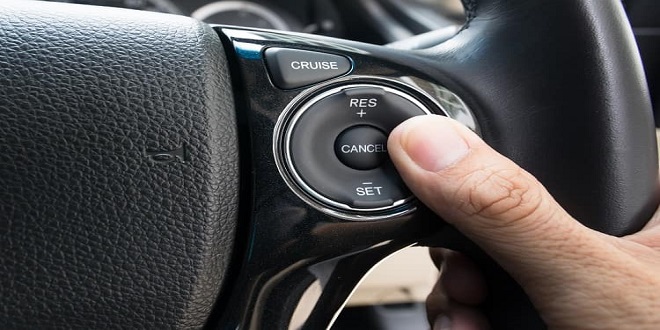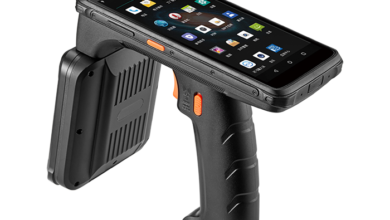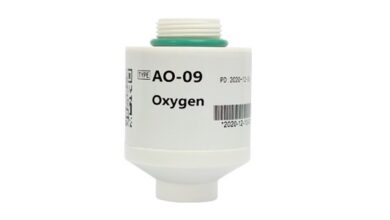Cruise control

Introduction
Cruise control is the ideal example of a closed loop control system. The purpose of cruise control is to allow the driver to set the vehicle speed and let the system maintain it automatically. The system reacts to the measured speed of the vehicle and adjusts the throttle accordingly. The reaction time is important so that the vehicle’s speed does not feel to be surging up and down.
Other facilities are included such as allowing the speed to be gradually increased or decreased at the touch of a button. Most systems also remember the last set speed and will resume this again at the touch of a button.
To summarize and to add further refinements, the following is the list of functional requirements for a good cruise control system.
System description
The main switch turns on the cruise control, this in turn is ignition controlled. Most systems do not retain the speed setting in memory when the main switch has been turned off. Operating the ‘set’ switch programs the memory but this normally will only work if conditions similar to the following are met.
Once the system is set, the speed is maintained to within about 3–4 km/h until it is deactivated by pressing the brake or clutch pedal, pressing the ‘resume’ switch or turning off the main control switch. The last ‘set’ speed is retained in memory except when the main switch is turned off.
If the cruise control system is required again then either the ‘set’ button will hold the vehicle at its current speed or the ‘resume’ button will accelerate the vehicle to the previous ‘set’ speed. When cruising at a set speed, the driver can press and hold the ‘set’ button to accelerate the vehicle until the desired speed is reached when the button is released.
If the driver accelerates from the set speed to overtake, for example, then when the throttle is released, the vehicle will slow down until it reaches the last set position.
Actuator
A number of methods are used to control the throttle position. Vehicles fitted with driven by-wire systems allow the cruise control to operate the same actuator. A motor can be used to control the throttle cable or, in many cases, a vacuum-operated diaphragm is used which is controlled by three simple valves.
AI is one of the biggest tech news. We are still only in the early days of the development of AI. As the technology becomes more sophisticated, it will be applied to further develop tech-based tools, such as training machines to recognize patterns, and then act upon what it has detected. It can develop your best business times idea and you can succeed in your life goal.
Main switch and warning lamp
This is a simple on/off switch located within easy reach of the driver on the dashboard. The warning lamp can be part of this switch or part of the main instrument display as long as it is in the driver’s field of vision
Set and resume switches
These are fitted either on the steering wheel or on a stalk from the steering column. When the switches are part of the steering wheel, slip rings are needed to transfer the connection. The ‘set’ button programs the speed into memory and can also be used to increase the vehicle and memory speed. The ‘resume’ button allows the vehicle to reach its last set speed or temporarily to deactivate the control.
Brake switch
This switch is very important, as it would be dangerous braking if the cruise control system was trying to maintain the vehicle speed. This switch is normally of superior quality and is fitted in place or as a supplement to the brake light switch activated by the brake pedal. Adjustment of this switch is important.
Last word
Conventional cruise control has now developed to a high degree of quality. It is, however, not always very practical on many European roads as the speed of the general traffic varies constantly and traffic is often very heavy. The driver has to take over from the cruise control system on many occasions to speed up or slow down. Adaptive cruise control can automatically adjust the vehicle speed to the current traffic situation.
Read More: Naasongs





